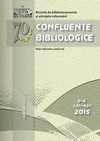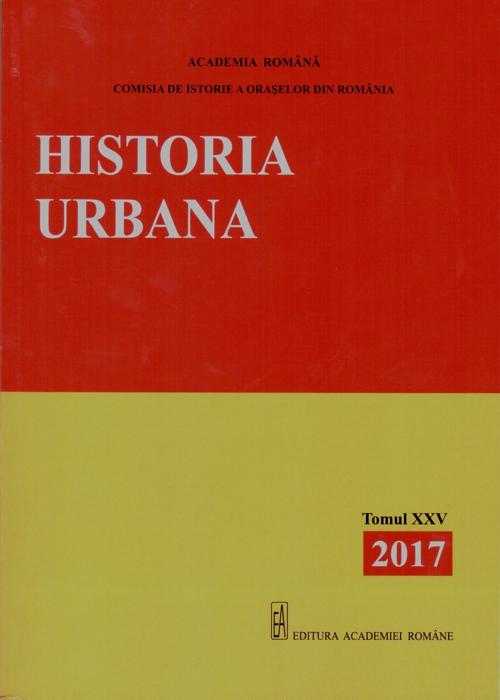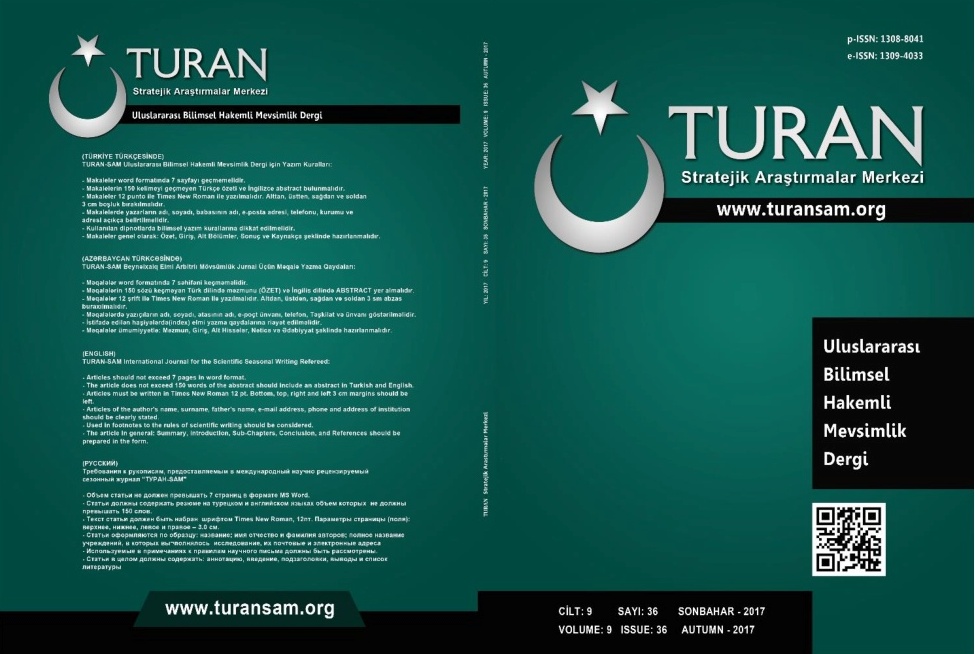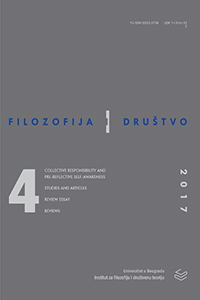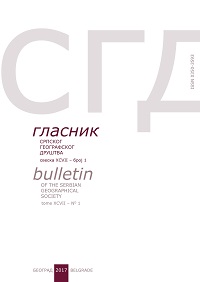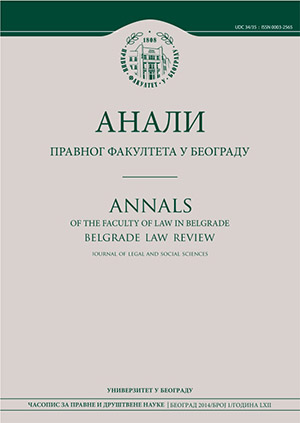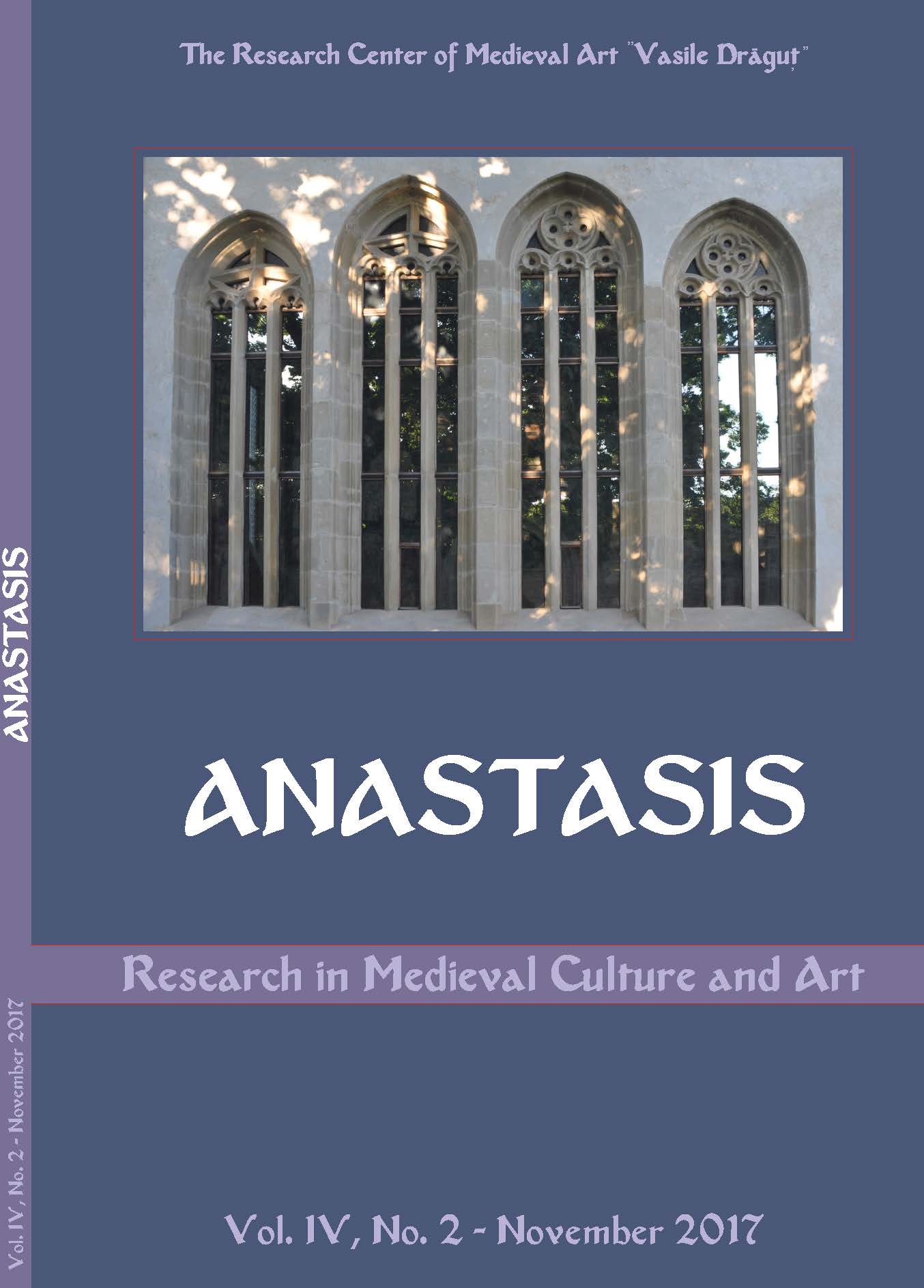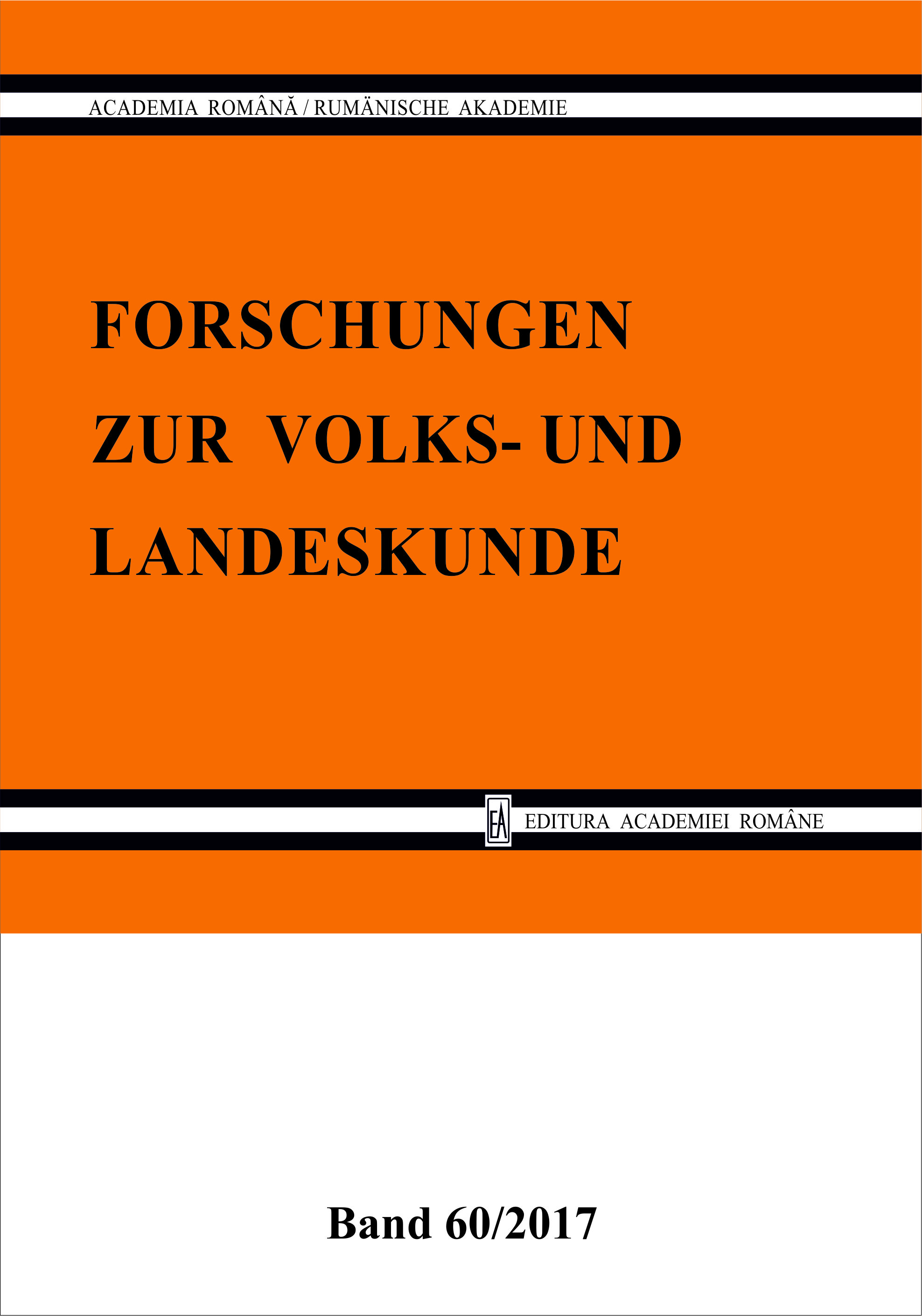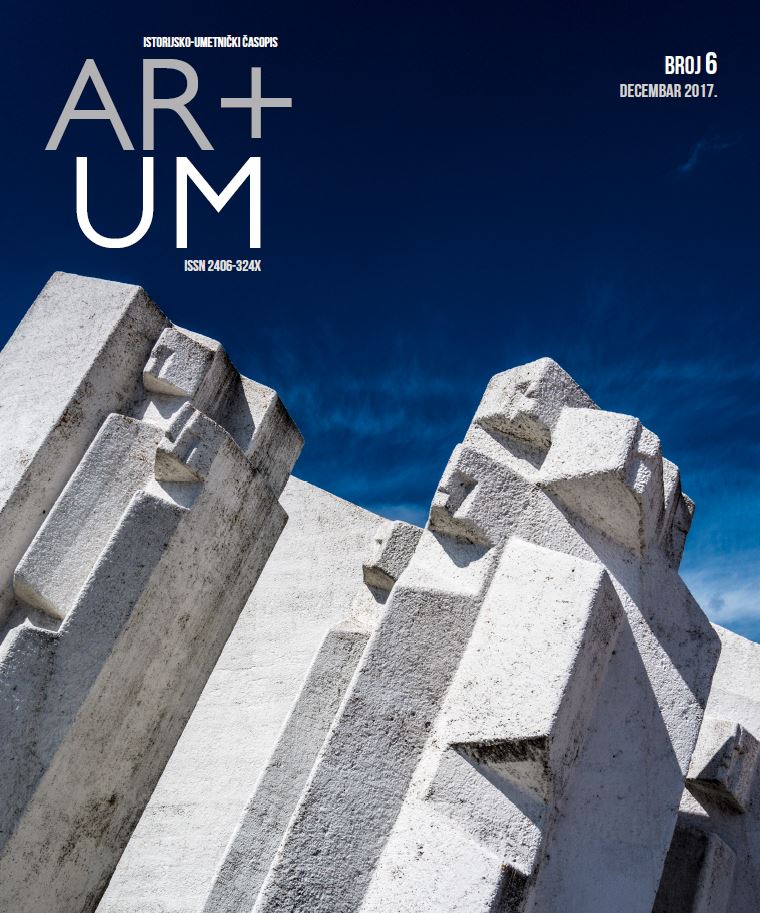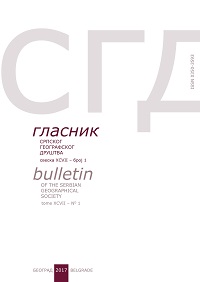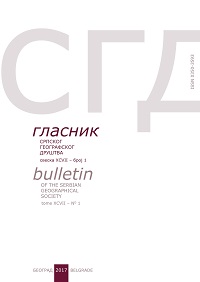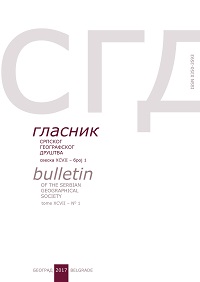Author(s): Oleksandra Samoylenko / Language(s): Ukrainian
Issue: 2/2014
The article reviews the work of Kyiv artists O. Gnedash, A. Medynsky, S. Odaynyka, including their famous works in the classical technique of stained glass made in 70 – 80s of the twentieth century. The basic trends in the formation of the specific artistic and imaginative solutions of stained glass windows and their stylistic characteristics were scrutinized. An attempt to trace a number of common features of the works, especially image-plastic methods of image formation, the thematic orientation of the compositions, the use of additional means of expression and technological innovation in the monumental stained glass windows.The second half of the twentieth century is marked by rapid development and popularization of the art of stained glass in the background of a general rise of monumental art of Ukraine. In the 70 -80- es should be noted considerable artistic achievements in the field of stained glass art, a new generation of young monumental alumni department of monumental painting Kiev Art Institute, including O. Gnedash, O. Medynsky, S.Odaynyk. Among the whole enigma of monumental stained glass windows Kiev this period include the aforementioned artists picturesque nature of artistic language, monumental compositions emotional fullness of imaginative solutions. The relevance of the study and analysis of stained glass artists of Kiev is due to the fact that an important part of the overall process of formation of monumental art in Ukraine, but this topic is only briefly discussed in the comprehensive study of Soviet monumental and decorative art and contemporary art history sources. The aim of the article is the definition of art features the image- making in plastic stained glass O. Gnedash, A. Medynsky, S. Odaynyka and their common features.In the 70- 80s of the twentieth century, stained glass windows art in Kiev artists traced desire discover new artistic quality stained glass and find the ideological concept of the individual author and language work. At this time stained glass art has significantly strengthened its position as a separate branch of monumental art, and not surprisingly, young artists enthusiastically conquered relatively new area of artistic life in Kiev. It should also be noted that in the 70 years of Kiev an monumental use all available opportunities to enrich the classical technique of stained glass. This explains the diversity of artistic and expressive means used in monumental stained glass windows works of that period of time. We can assume that a significant role in shaping the author's artistic language learning these artists played in Kiev Art Institute under the guidance of renowned painters T. Yablonska and V. Chekanyuk.Overall monumental art of 70-80 years, which features an active creative research in the field of art of stained glass, is significant by its significant expansion of the tasks and functions and, consequently, artistic and expressive means of monumental and decorative art. In such works are used items that are traditional for easel painting such as: complex subject compositions, spatiality, using painting techniques and early 70's lyrical direction of propagation, which to some extent determines the peculiarity of Ukrainian monumental art of that era.Having considered the aforementioned famous works of artists it is possible to identify a number of common features. Firstly it is particular vision of the classic techniques of monumental stained glass as the picture plane, but the careful application of structural design of forms and clear compositional structure. Shape cutting glass is executed in the unity of the picture, but the rhythmic sections of contour lines only emphasize the priority role of painting techniques, colorful patterns and chiaroscuro composition plane. Additional means of expression can note the use of texture; rhythm glass elements combine in the development of artistic images of different artistic and plastic tools. For example in the interpretation of the shape of the human figures executed with tone and color ratios of glass and metal connecting line, and partially used sufficiently detailed three-dimensional development of individual parts, which in turn can be compared to painting techniques, while describing in detail the main elements or plans and secondary parts are performed collectively.In the works of artists O. Gnedash, A. Medynsky, S. Odaynyka we can identify a number of common features in the interpretation of contemporary art of stained glass, such as a variety of artistic and expressive means: the use of texture, textures, complex rhythms glass fragments, combining artistic and plastic tools in development artistic images. In the above stained glass windows you can see the desire of artists to bring life into the picture with elements of glass, enrich the long classic stained glass techniques with new means of expression. Common to their stained glass is also a narrative character of figurative language. The style is characterized by picturesque imaging interpretation of figures and decorative surroundings composition. In addition, each author still own artistic handwriting, using his work is characterized by the principles inherent in the works of monumental art, while caring about the role of aesthetic elements of interior or exterior that has an important formative function of the integrity of the architectural situation. The article opens perspectives for further research stained glass art Kiev, its stylistic features and wizards.
More...
